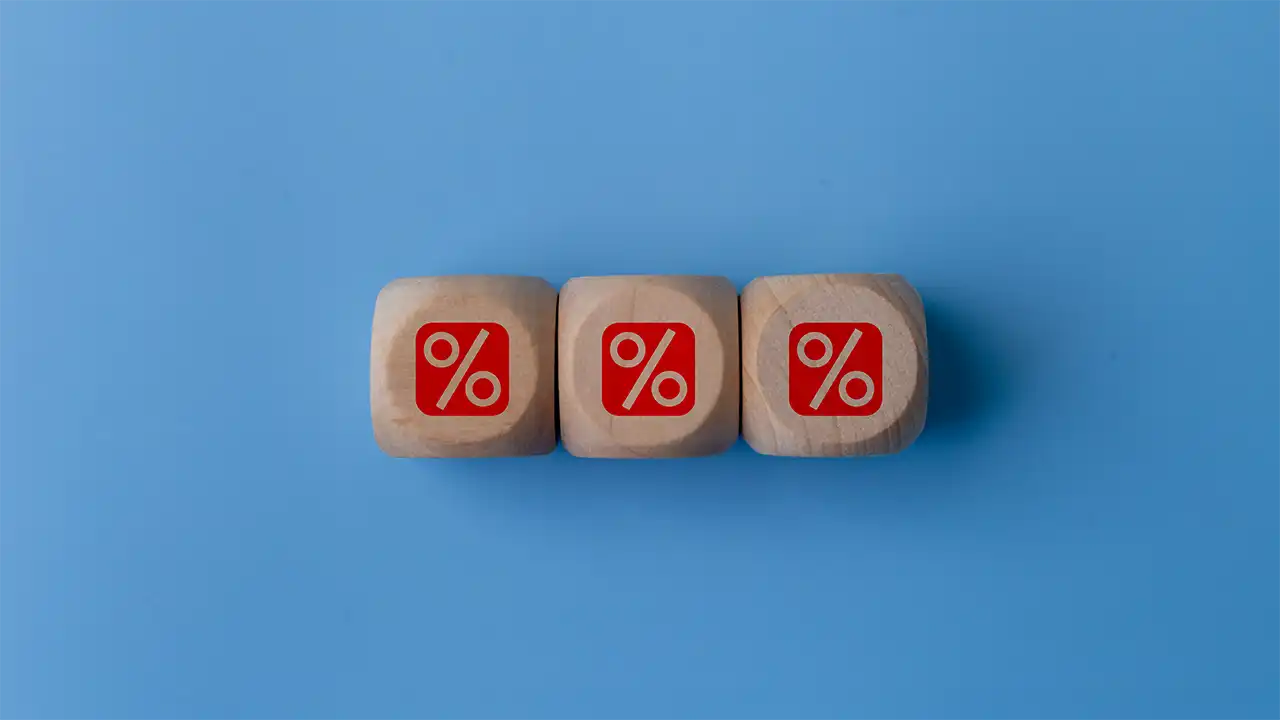
GMAT Newsletter Subscribe
Enter your email address below and subscribe to our newsletter

Enter your email address below and subscribe to our newsletter

The GMAT quantitative reasoning section does not provide you with an on screen calculator. It is available only in the GMAT Data Insights section. To cut to the chase, calculations in the GMAT Quant sections have to be done manually without the aid of a calculator. Not only learning but also effectively practice some time tested GMAT Calculation shortcuts will be the difference between scoring Q80s and hitting the bullseye, Q90 in the GMAT Quant section.
With that context, it will be very handy if you familiarize yourself with a few GMAT calculation tips. One of the most handy GMAT calculation tip is knowing a few common useful percent to fraction conversions and vice versa – fraction to percentage conversion. Essentially, learn the equivalent fraction of commonly tested percentage values and the equivalent percentages for fractions.
| Percentage | Fraction |
| 66.66% or 66.67% | 2/3 |
| 33.33% | 1/3 |
| 16.66% or 16.67% | 1/6 |
| 6.66% or 6.67% | 2/30 = 1/15 |
| 14.28% | 1/7 |
| 12.5% | 1/8 |
| 11.11% | 1/9 |
| 9.09% or 9.1% | 1/11 |
| 8.33% | 1/12 |
| 7.14% | 1/14 |
| 6.25% | 1/16 |
Let’s look at this easy sample GMAT problem solving question
A family spends 66.66% of its income and saves the rest. If its savings is USD 3000, how much did the family spend?
Quickly referring to the above percent to fraction conversion table, 66.66% can be written as 2/3rd.
So, the family spends 2/3rds of its income.
The family saves the balance = 100 – 66.66 = 33.33% of its income.
Expressing the same as a fraction, the family saves 1/3rd of its income.
Savings = US$ 3000 = 1/3rd the income
Hence, income = 3*3000 = US$ 9000.
Imagine solving the same question without converting percentage to fraction. The calculation will seem messy and the answer will not be an integer making an easy GMAT problem solving question seem more difficult.

Sign up for a demo class at https://wzko.in/demo, and begin your GMAT Preparation now!
In quite a few questions, your ability to relate a fraction in its equivalent percentage terms will help you comprehend what is stated a lot better.
For instance, if the question says A completes a task in 10 days and B completes the same task in 5 days.
The fraction approach to finding how much work do A and B working together complete in a day will be as follows:
A completes 1/10th of the work in a day. B completes 1/5th of the work in a day and then add the two fractions.
Alternatively, if you could convert these two fractions to their equivalent percent your understanding of the question is way better.
A completes 1/10 of the task in a day. In percent terms, that is 10%.
B completes 1/5th of the task in a day. In percent term, that is 20%.
So, when they work together, they will complete 10 + 20 = 30% of the work. This is way faster than adding the two fractions.
Bottom line, be conversant with the process of converting from percents to fractions and vice versa. You will find that you are able to do your calculations in a section which does not have a calculator lot faster. Even in exams such as the GRE where an on screen calculator is available, you will be able get to the correct answer more effectively by using these fraction to percent and percent to fraction conversions.